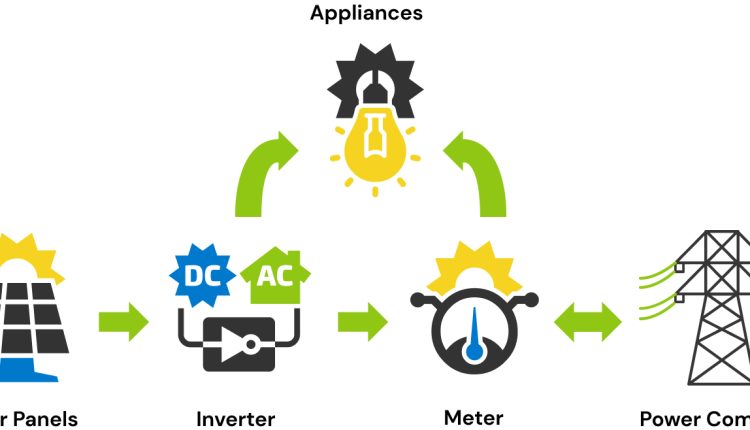How Does Solar Energy Work?
How solar energy works is one of the most common questions clients ask our technicians. Day after day, the sun bathes the planet in fresh, free, 100% renewable energy collected by solar systems and converted into electrical energy for use in your home or business.
The tried and tested process makes it a reliable energy alternative for homeowners and businesses seeking cost-effective, eco-friendly solutions to improve their comfort and reduce their carbon footprint. At Solar Liberty, our solar specialists are committed to helping our clients enjoy the many benefits and advantages solar energy solutions offer.
Contact Solar Liberty at 866-807-3639 to request a free solar evaluation and to discover the advantages of the solar energy solutions we offer our clients in NY, PA, MA, or OH.
Solar Energy Explained
Several key components and functions are required to convert solar energy into electrical energy. Each is critical, and a failure at any stage or process can disrupt or stop the flow of electricity from your solar panels to your lights, appliances, etc.
Solar Panels
Solar panels, also known as photovoltaic panels (PV), convert sunlight into electrical energy. The panels do this by absorbing solar radiation within the PV cells. This process creates an electrical charge, which causes electricity to flow through the panel.
Inverters
Inverters are essential to the process because the current generated by PV systems is a variable direct current (DC). Without the inverter, this current would destroy appliances, lights, etc., which require alternating current (AC). The inverter converts the DC to 120V/240V AC by rapidly switching the direction of the current back and forth, thus transforming the DC input into the AC output.
This conversion makes it easier to regulate the flow of electricity. It creates a usable form of electricity that works with the frequencies and voltages required by appliances, electronics, home security systems, lights, etc.
Meter
Your network meter gauges the energy produced by your solar panels. And, depending on its level, allows energy from the power company to come into your home when needed and excess power to be sold to the company when not.
Power Company
Depending on the size of your system, typical usage, and available sunshine, your solar system will likely generate more electricity than you need. As such, many communities have made it possible for homeowners and businesses to sell excess electricity to the local utility provider. This makes your solar system a potential source of revenue that can either lower your utility bills or boost your savings account.
Similarly, while your solar system will generate considerable electricity, foul weather, system damage, and other factors can diminish energy production. Thus, you will still need to maintain your connection to the power grid so that on cloudy days, evenings, etc., you will still have the power required to operate the systems in your home.
Appliances
This is the final stage and the proverbial “end of the road” for the electricity generated by your solar systems. Once collected, converted, and measured by the meter, the electricity passes through the wiring in your home and into your lights, dishwasher, radio, television, etc.
What it Means for Your Energy Bills
Investing in solar energy is an investment in a cleaner, brighter future. Closer to home, it’s an investment that can significantly reduce your utility bills over the years. Fortunately, New York and many other states have established a growing number of programs that reduce the size of your investment via rebates, tax incentives, and financing options.
For example, NY-Sun and other utility providers work with NYSERDA-approved contractors and developers* to help offset the cost. Homeowners who meet the required criteria can save a bundle simply by working with us. We handle your application and approval process.
The Inflation Reduction Act allows homeowners to claim tax credits of up to 30% of the total solar project cost. That’s a considerable chunk of change that further adds to the value of your solar system. With expected annual utility savings of $2,000 or more, it’s well worth taking the time to research and determine eligibility for these programs, tax credits, etc.
*Solar Liberty is an NYSERDA Quality Solar Installer
The team at Solar Liberty can help you navigate the tax credits, rebates, and other incentives available in your area. Contact Solar Liberty at 866-807-3639 to request a free solar evaluation in New York, Pennsylvania, or Ohio.



Comments are closed.